halal-logos.jpg">halal-logos-300x172.jpg" alt="halal-logos" width="300" height="172" />The growing Muslim market requires food prepared in a certain manner but labeling can be confusing. Cui Jia reports in Beijing.
With shopping basket in hand, Hu Yi and his young son went through the shelves at a supermarket in Beijing’s Niujie Street. For 5 year old Yicheng it was just a regular grocery trip with his father, but Hu, a member of the predominantly Muslim Hui ethnic group, had another agenda – to teach his son how to shop for halal food.
Niujie Street, or Ox Street, lies in the center of Beijing’s Muslim quarter. Under the section headed ”Muslim supplies”, the supermarket also sells taqiyah, the distinctive skullcaps worn by many believers, and small carpets for them to kneel on while praying.
“Let’s see if you can find us some tasty beef jerky,” Hu, 32, encouraged his son.
Also Read: Who Exactly is the RSF Group Shaking Sudan?
Yicheng jogged off happily and searched through the aisles. A few minutes later, he returned with three packets of jerky.
“Remember, what’s the first thing we have to check before putting them into the basket?”asked Hu. “The sign of qingzhen (halal),” replied Yicheng, pointing at the back of the packet, where a round, green logo displayed the word ”halal” in Chinese characters and Arabic script.
Dietary Guidelines
In Arabic, halal means permitted or lawful. Halal foods are those that are allowed under Islamic dietary guidelines based on the Quran, the holy book of Islam. Muslims are prohibited from consuming alcohol, pork, blood and blood products, and meat from animals that have died accidentally or from natural causes, or have been slaughtered in the name of any god other than Allah.
Also Read: The Two-State Solution (Palestine–Israel) in Historical Perspective
One of the packs of jerky Yicheng had collected didn’t bear the stamp of approval, and so he was instructed to put it back on the shelf. “Halal food is extremely important to us. It is never a small issue. For us, the first priority is whether the food is halal or not. Quality is a secondary issue,” said Hu.
There are more than 23 million Muslims in China. Combining Islamic dietary guidelines and local culture during the past 1,200 years, they have adopted some culinary traits from the Han Chinese and created their own style of halal food. More than 97 percent of China’s cities and counties have halal food manufacturers, according to China Inspection and Quarantine magazine earlier this year.
“The logos look a bit different,” said Yicheng, as he placed the packets in the basket. His father explained that it’s because the goods were produced in different provinces.
In China, halal food producers must have their products certified by local ethnic affairs commissions under regulations passed by provincial and regional lawmakers. If they meet the standards, producers are allowed to display a halal logo, designated by province or region, on their packaging and products.
Also Read: Enchanted by K-Dramas, Dragged into Slander: Time for Muslims to Rise!





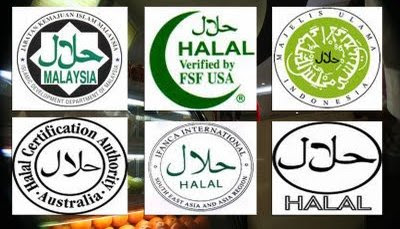









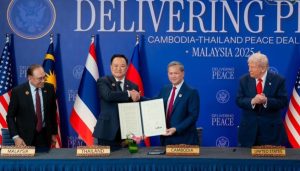
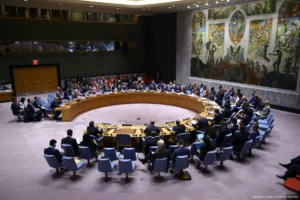

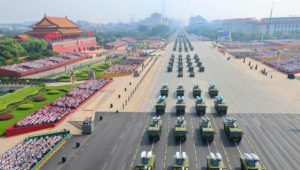







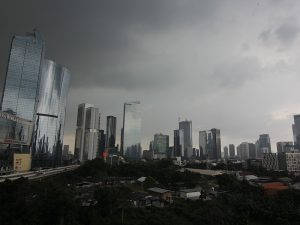





 Mina Indonesia
Mina Indonesia Mina Arabic
Mina Arabic